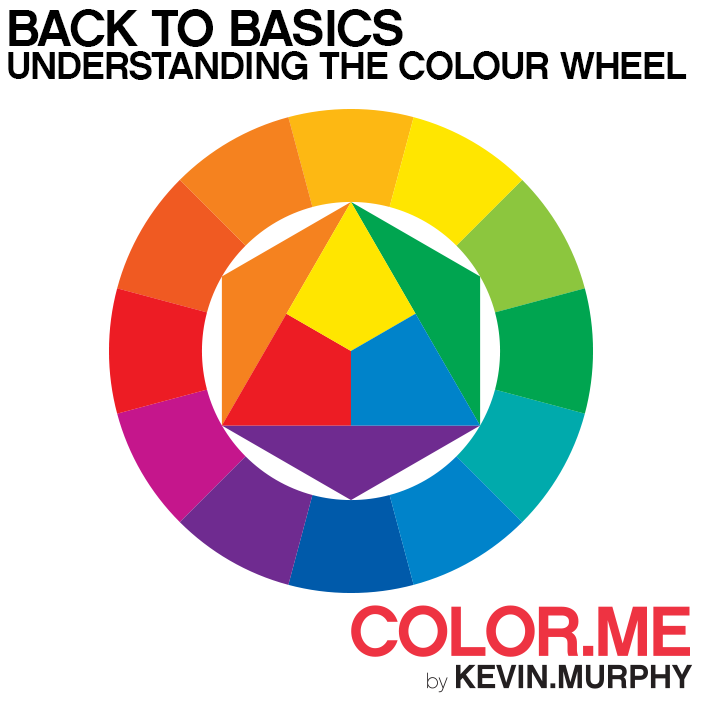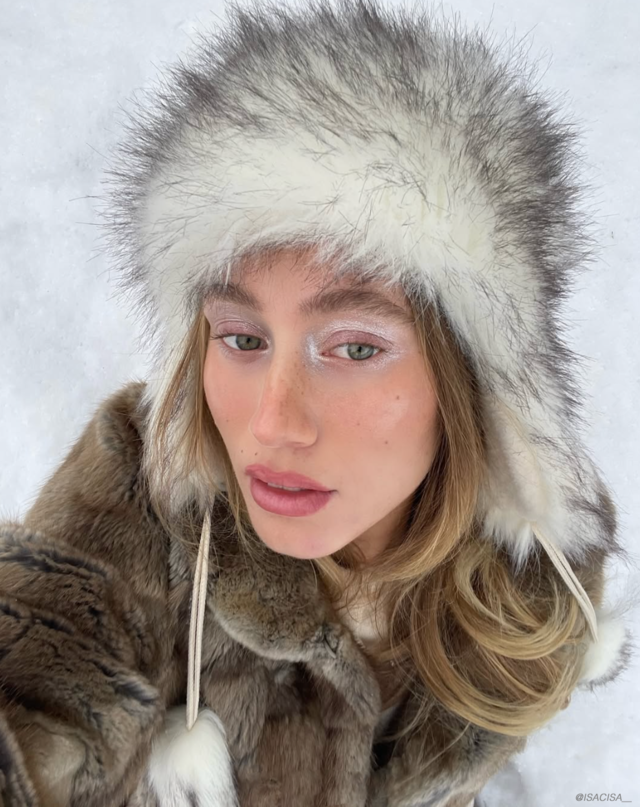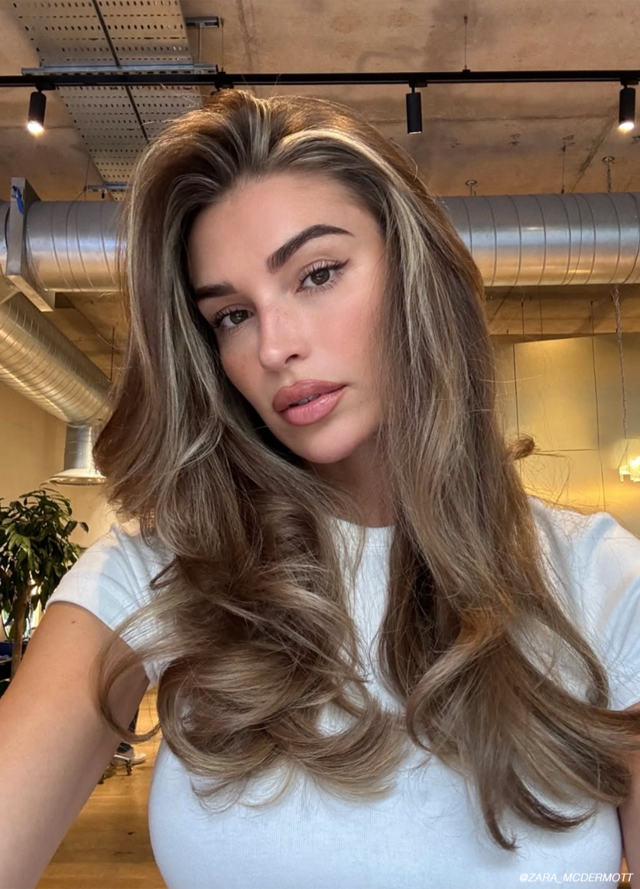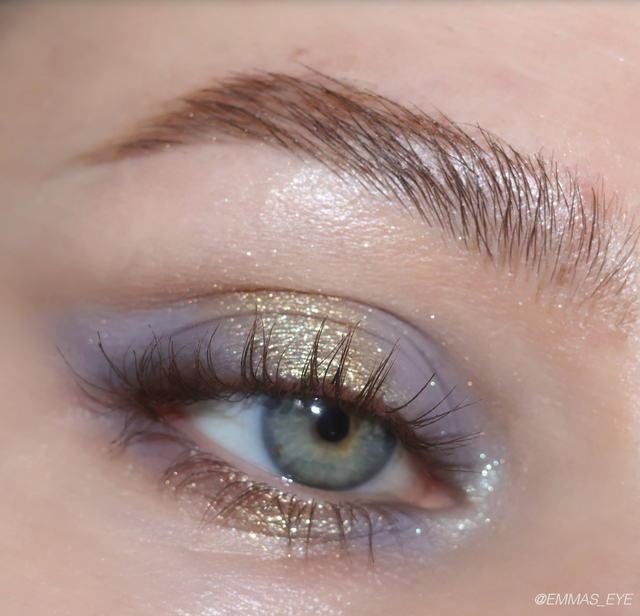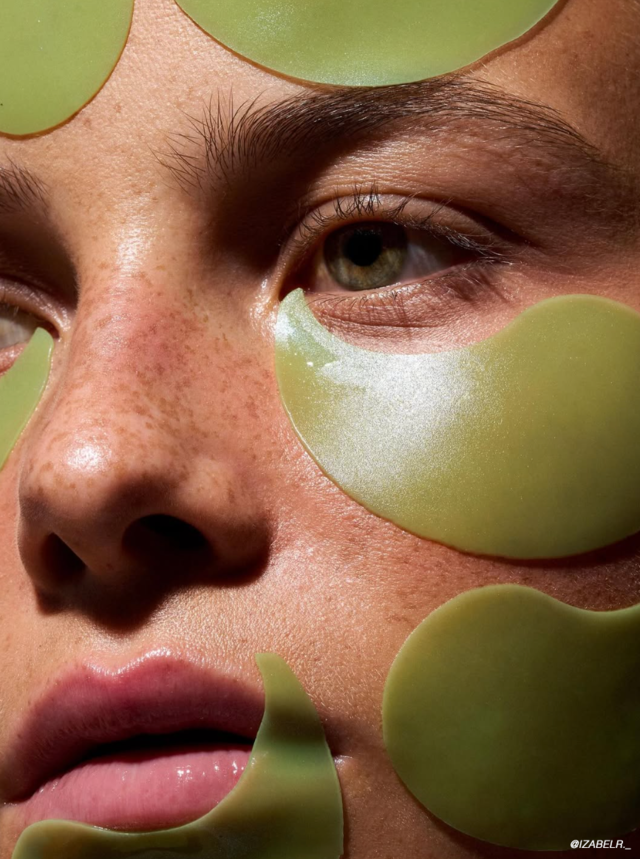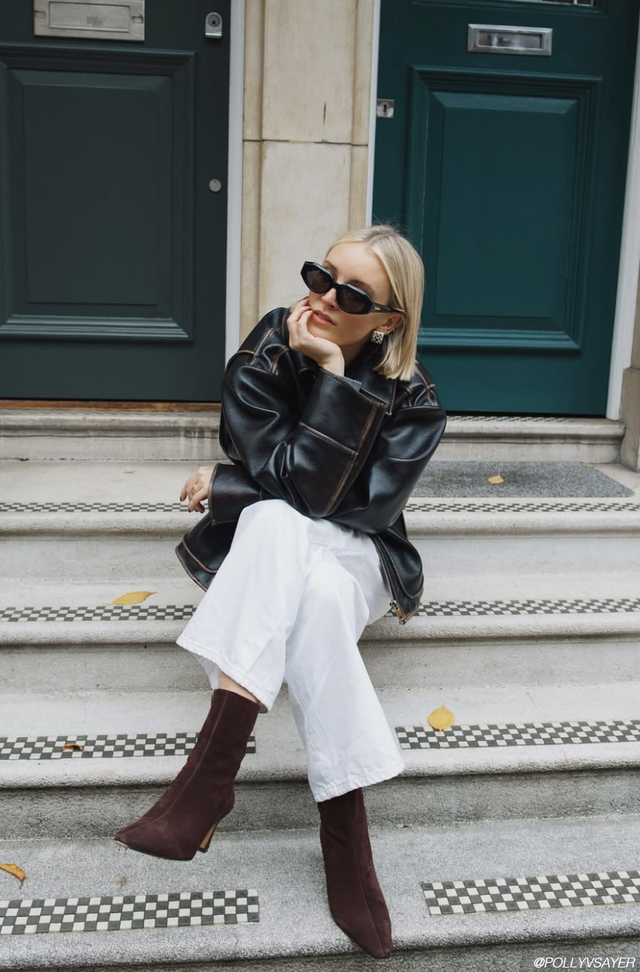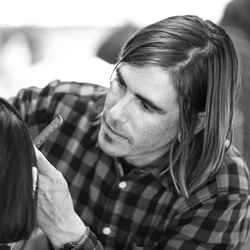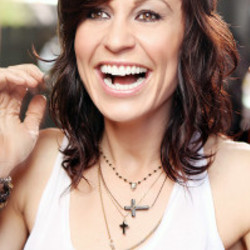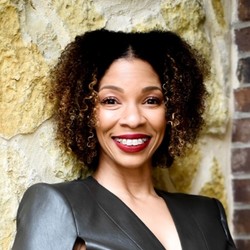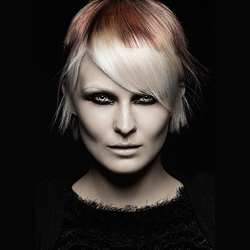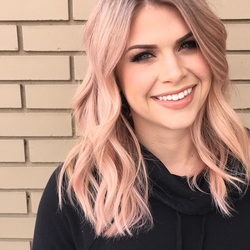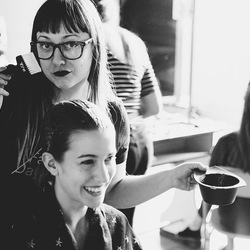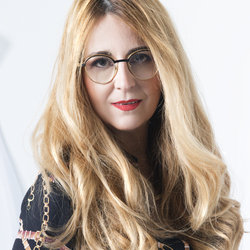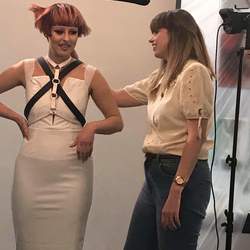Made up of primary, secondary and tertiary colours, the hairdressing colour wheel is an essential tool that is used almost every time you colour hair.
“Creating a beautiful hair colour is not as easy as choosing a colour you like and simply applying it,” says COLOR.MASTER Janine Simons.
The purpose of the colour wheel is to show the relationship of colours so that we can create the exact shade, intensity or tone of colour you desire. Our primary colours are Red, Blue and Yellow and cannot be made by mixing together any other colours. Secondary colours are created by mixing any two of our primary colours - remember from school that Red and Yellow make Orange? Mixing a primary and secondary colour together creates the tertiary colours we see on our colour wheel such as Red/Violet or Red/Orange.
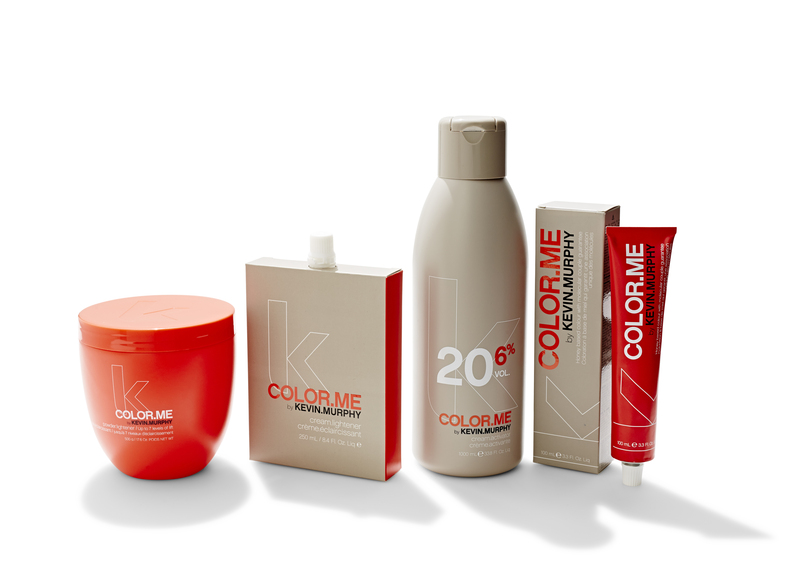
Cool, icy, platinum and ash are all terms we use to describe cooler colour shades and are shown on the hair colour wheel as Blue, Violet and Green. Warm shades like Red, Orange and Yellow are often described as rich auburn, golden or honey tones.
Copper and auburn shades live between Orange/Red with warm browns and golden blondes sitting in between Orange/Yellow. Blues and Violets give us the ash tones that keep our colours looking cooler with Green providing a matte look.
“As a colourist, when choosing colour shades to suit our clients it is important to remember that warm or cool shades have a big impact on skin tones,” Simons notes.
OPPOSITES ATTRACT
Our hairdressing colour wheel is arranged to show contrasting colours. Colours placed opposite from each other on the colour wheel are known as complementary colours, and when we mix these colours, the result is a neutral shade of black, white or grey.
A common issue when colouring - in particular when creating blonde shades - is to remove undesired warm tones such as Yellow or Orange from the hair. Remember, "opposites attract”, so choose complementary colours that have a neutralising effect and remove unwanted tones.
When you know and understand the colour wheel you can see that Violet is the opposite of Yellow, which will help you choose the right pigment to neutralise warmth from your blonde and create your favourite buttery, beige or ashy blonde tone. One of our favourite COLOR.ME pearly blonde toners on pre-lightened hair is 10g CLEAR + 1g 9.1 and 1g SOFT.VIOLET.BOOSTER with CREAM.ACTIVATOR 3%.
INTENSIFY
Hair colours can be enriched or intensified by using colours side by side or adjacent to each other on the colour wheel. For example, adding Red to Orange will intensify copper shades, and adding Orange to Gold will enrich golden brown or blonde shades. Understanding how to create a beautiful colour using this technique opens up a world of opportunities to create lush and vibrant shades, especially when using COLOR.ME BOOSTERS (a personal favourite of mine is adding YELLOW.BOOSTER to 8.4).
The colour wheel is one of the best tools not only for beginners in hair colouring, but for savvy professional colourists as well, as it helps to prevent colour mishaps and provides the best guide to experiment and play with colours more creatively!
Be sure to stalk COLOR.ME on Bangstyle to see their latest uploads and stylist tips and tricks!
